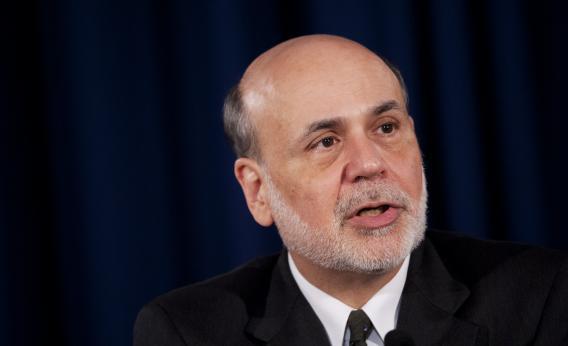It’s amusing to poke fun at Amtrak, but today’s release of FOMC meeting minutes confirms that America’s much-more-consequential central banks also have some odd procedures.
To wit:
The Committee expected that, with appropriate policy accommodation, economic growth would proceed at a moderate pace and result in a gradual decline in the unemployment rate toward levels consistent with its dual mandate. With economic activity and employment continuing to grow at a moderate pace despite tighter fiscal policy, and with global financial conditions less strained, members generally saw the downside risks to the outlook for the economy and the labor market as having diminished since the fall. Inflation was running below the Committee’s longer-run objective, partly reflecting transitory influences, but longer-run inflation expectations were stable, and the Committee anticipated that inflation over the medium term would move closer to its 2 percent objective. […]
At the conclusion of its discussion, the Committee decided to continue adding policy accommodation by purchasing additional MBS at a pace of $40 billion per month and longer-term Treasury securities at a pace of $45 billion per month and to maintain its existing reinvestment policies. In addition, the Committee reaffirmed its intention to keep the target federal funds rate at 0 to 1/4 percent and retained its forward guidance that it anticipates that this exceptionally low range for the federal funds rate will be appropriate at least as long as the unemployment rate remains above 6-1/2 percent, inflation between one and two years ahead is projected to be no more than a half percentage point above the Committee’s 2 percent longer-run goal, and longer-term inflation expectations continue to be well anchored.
Now suppose a cab driver told you he was planning to turn the steering wheel to such-and-such a position and to keep his foot on the gas pedal until at least somesuch occurred. Then you ask him “so that’ll get us to the hotel?” And he says “well, no, but over the long term it’ll get us closer to the hotel.” That’d be a weird thing to say, right? If the destination is the hotel, the correct driving method is the one that you expect will get you to the hotel. Of course something bad might happen. Maybe there’ll be a car wreck or some unexpected road work or less traffic than there normally is at this time of day and the driver will have to adjust his plans. But he’s supposed to make plans that he expects will get you where you’re going.
But the Fed doesn’t think that way. They have a 2 percent target. Inflation is below the target. They have a plan for asset purchases and interest rates that they think will bring inflation closer to being on target in the medium term. Why not adopt a policy that they think will reach the target? Or if they’re comfortable with policies that they expect will create inflation below 2 percent, why not say they’re targeting 1.75 percent inflation? It’s the great monetary puzzle of our time and I don’t think anyone really understands what’s happening.
